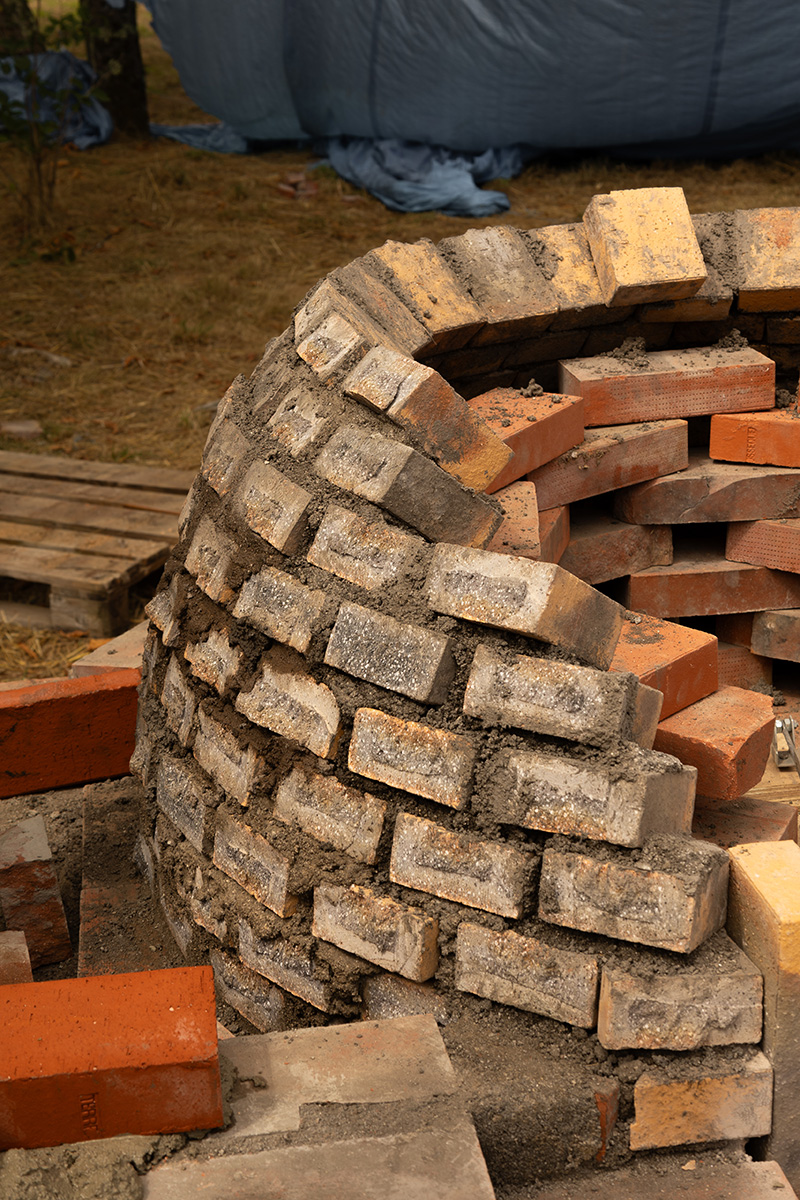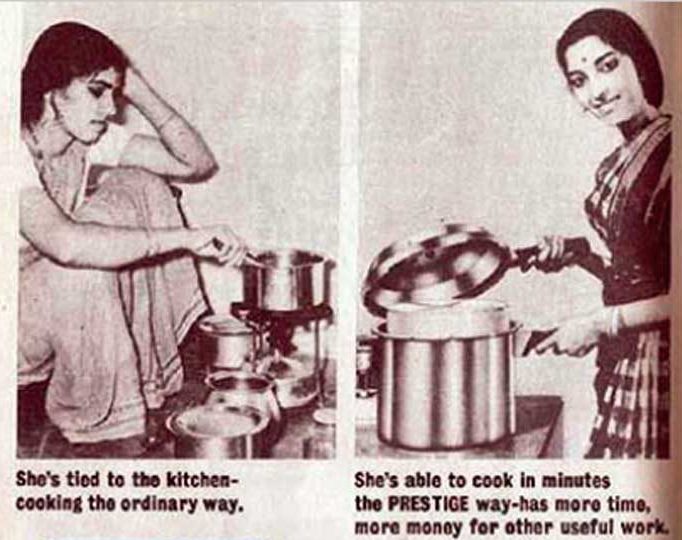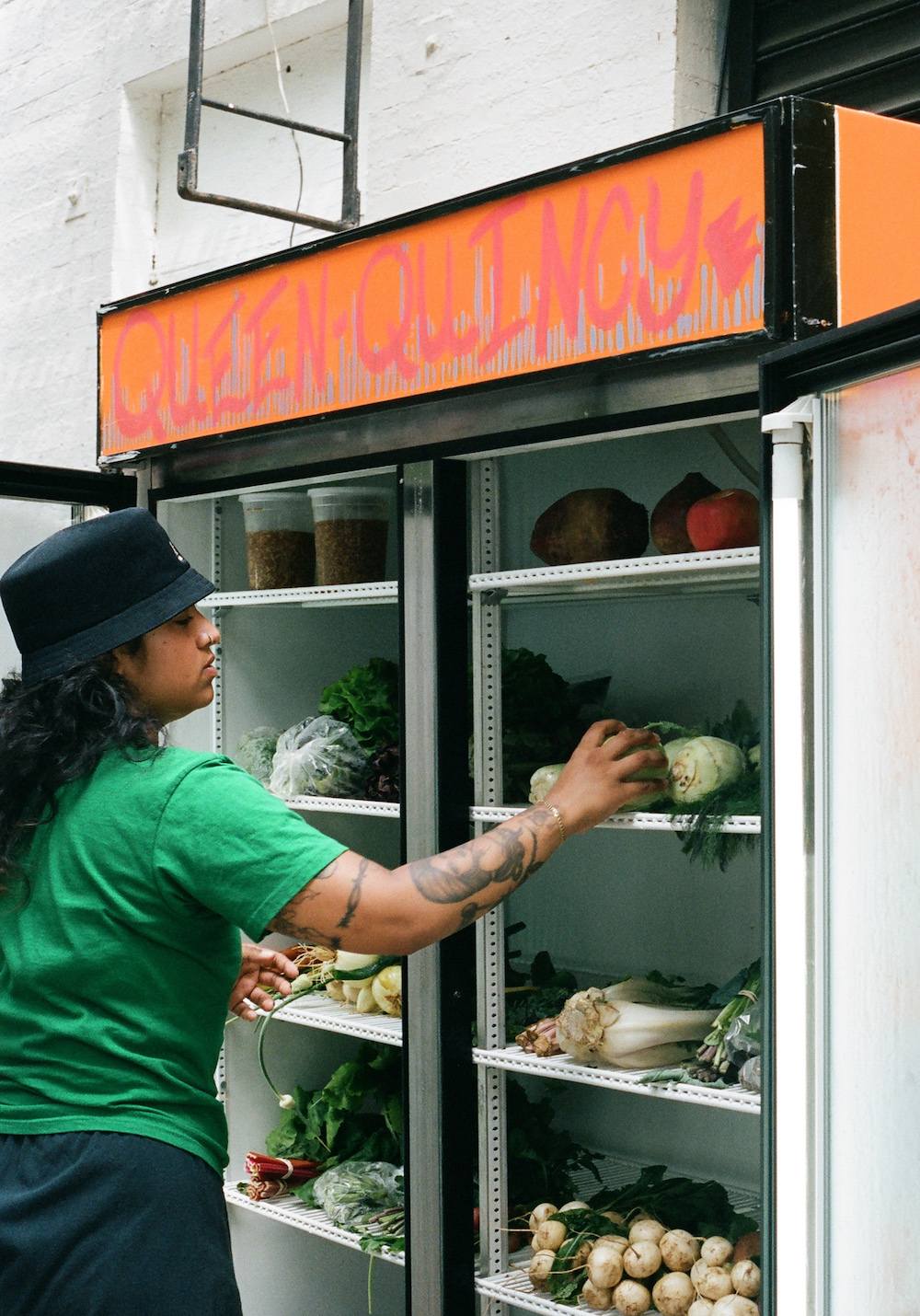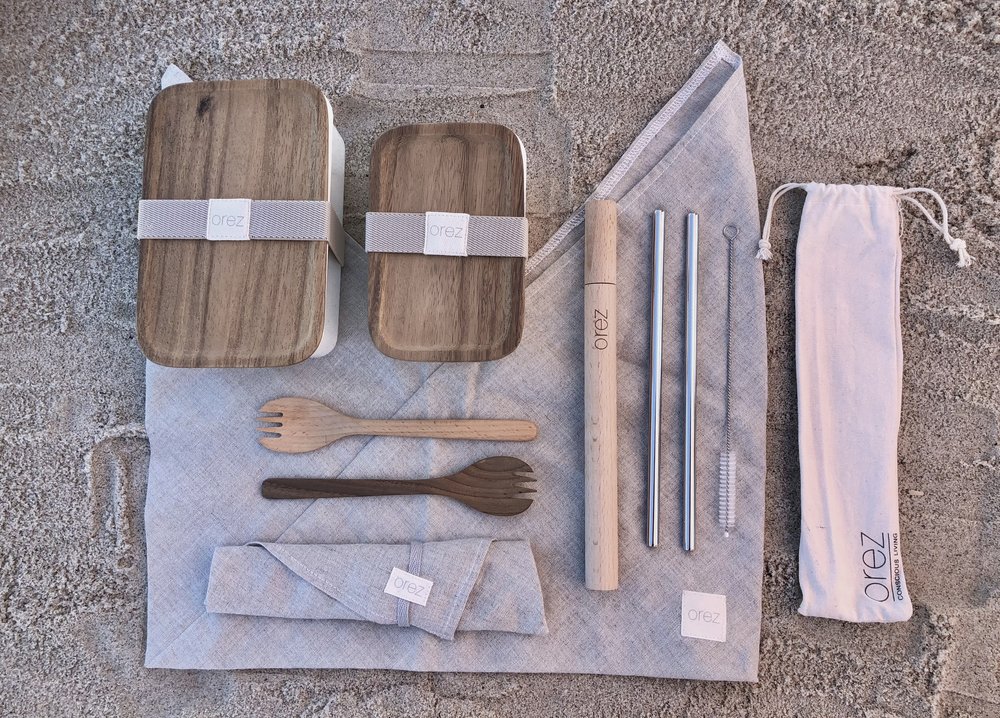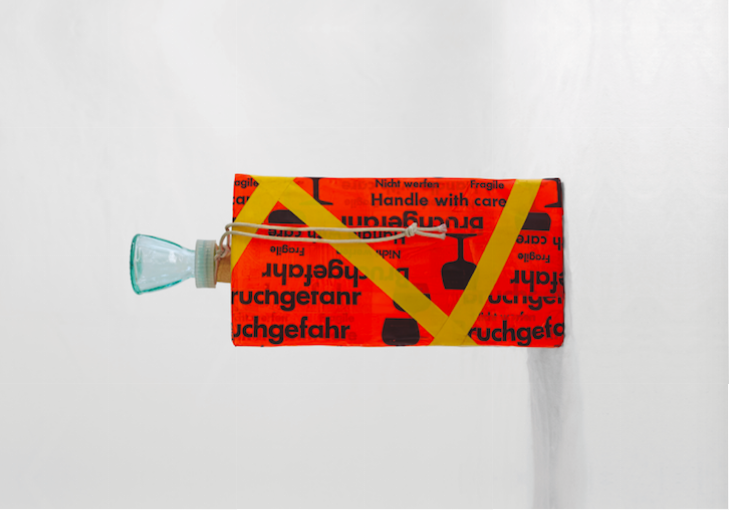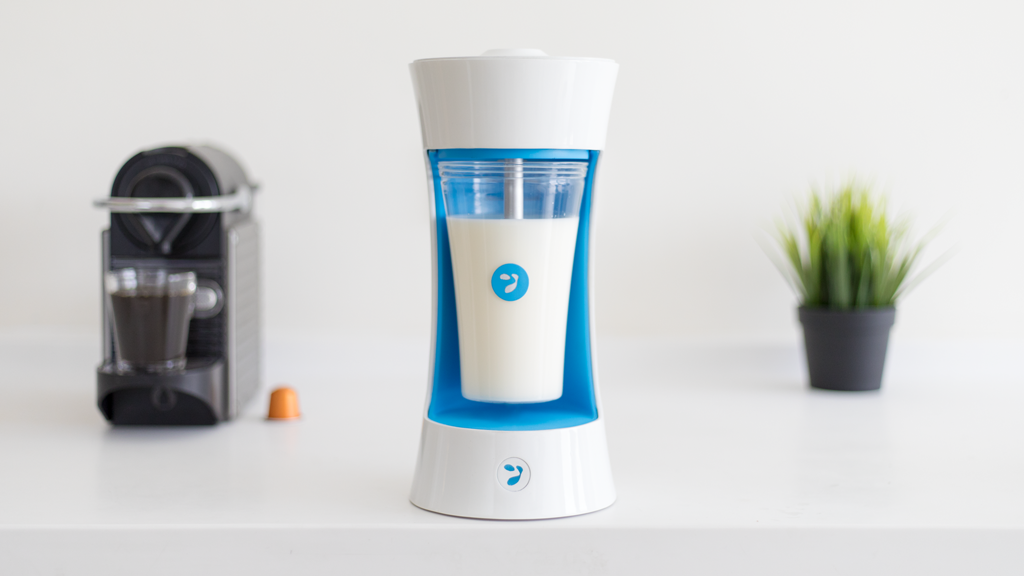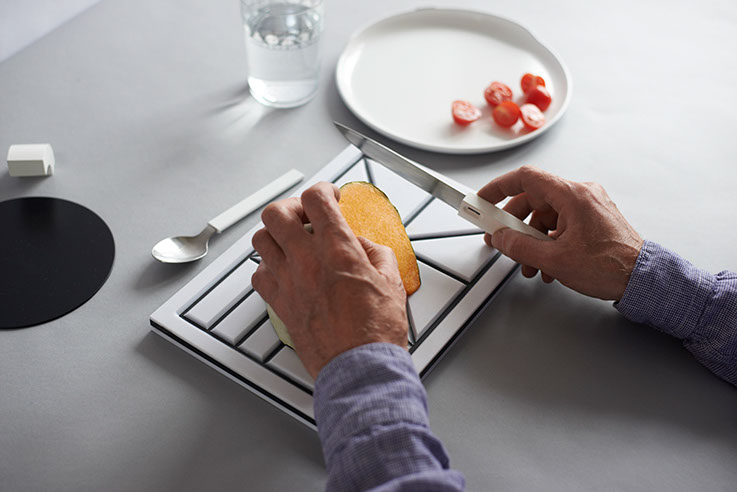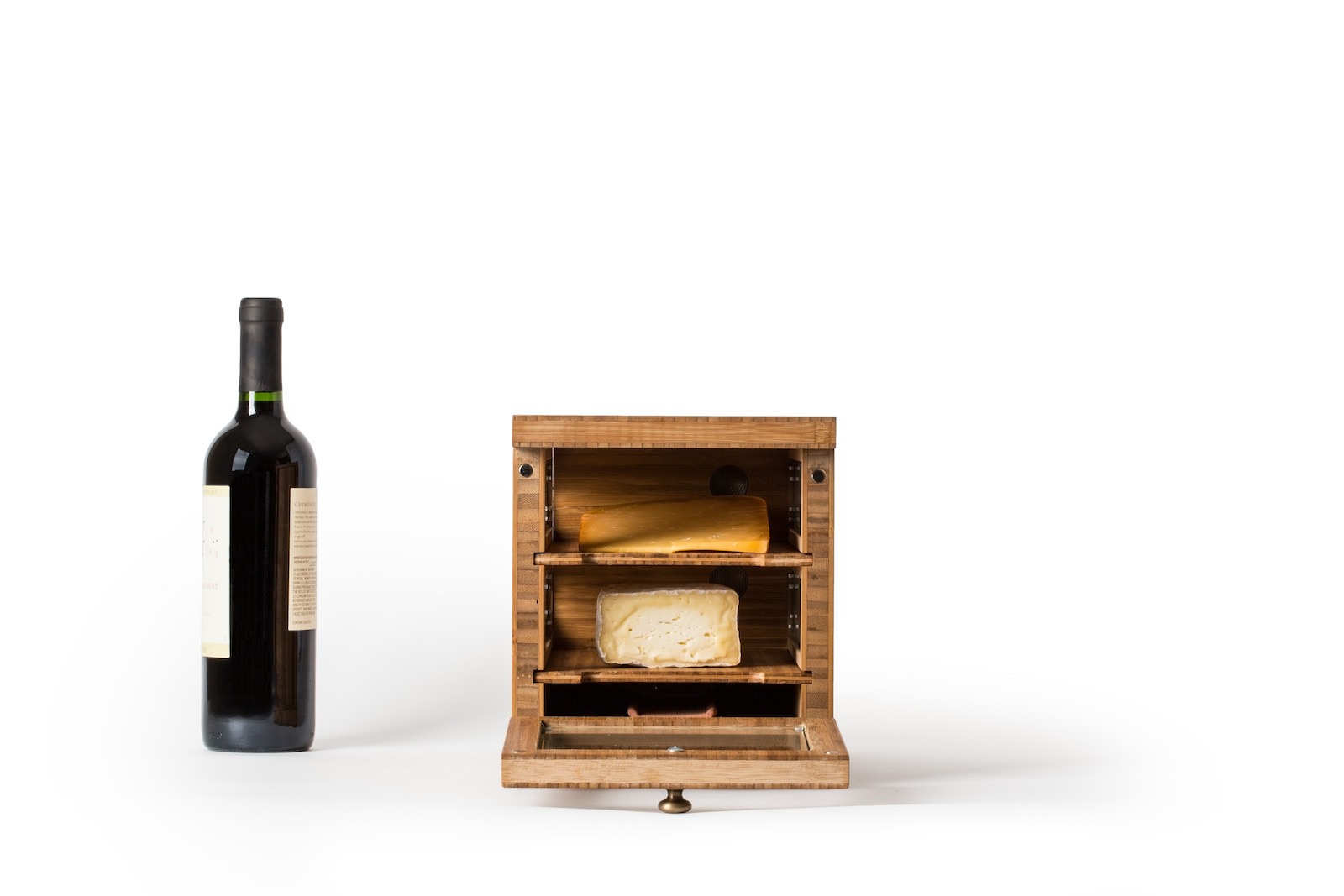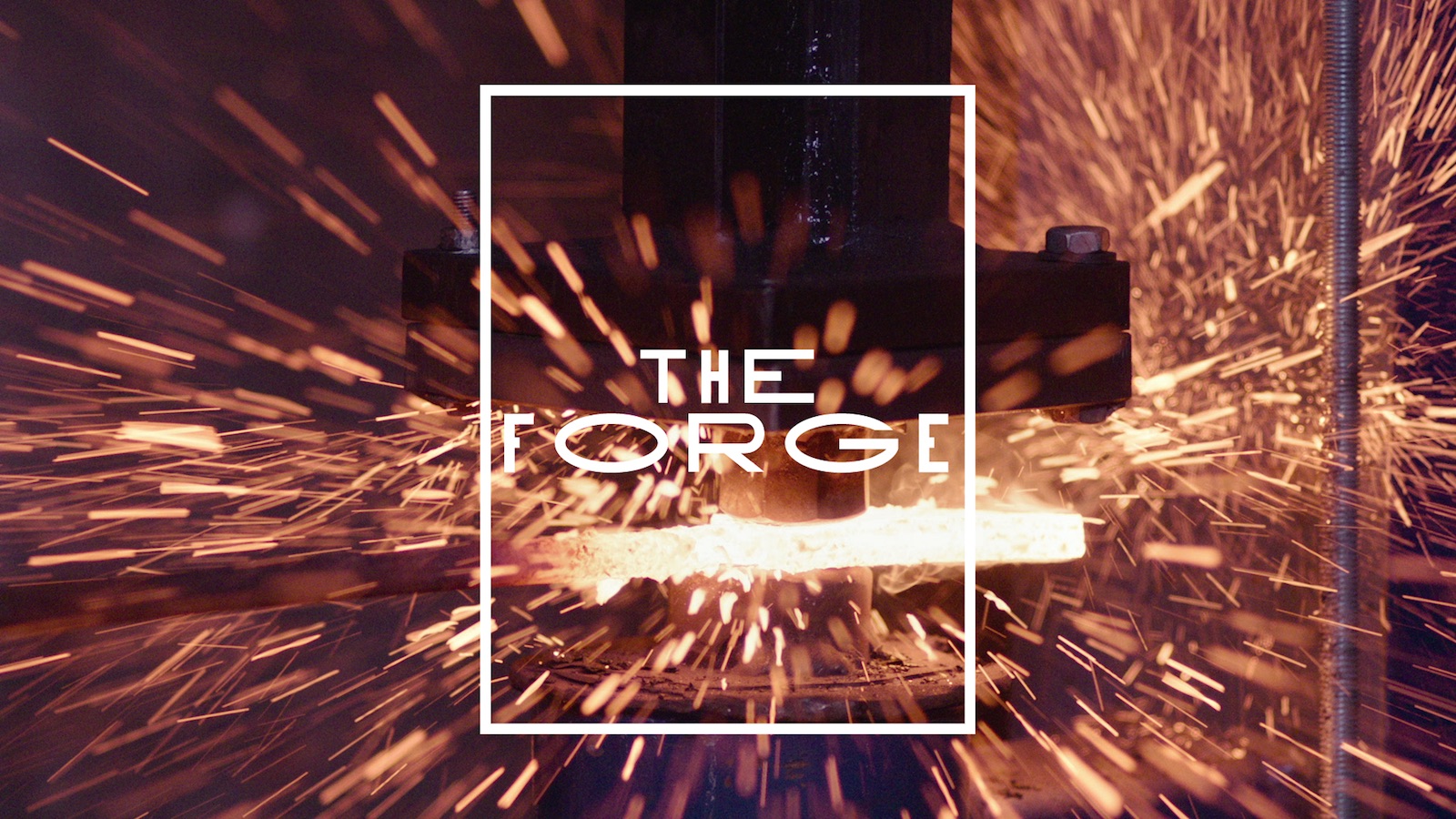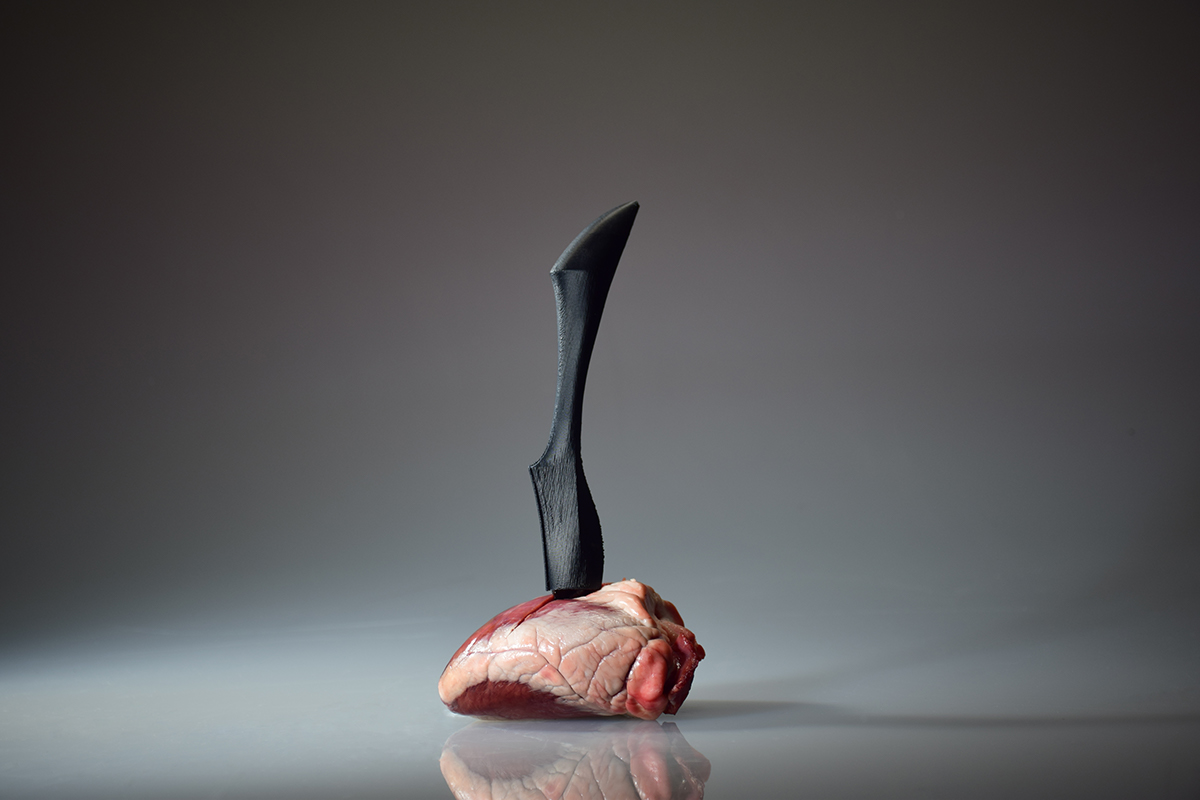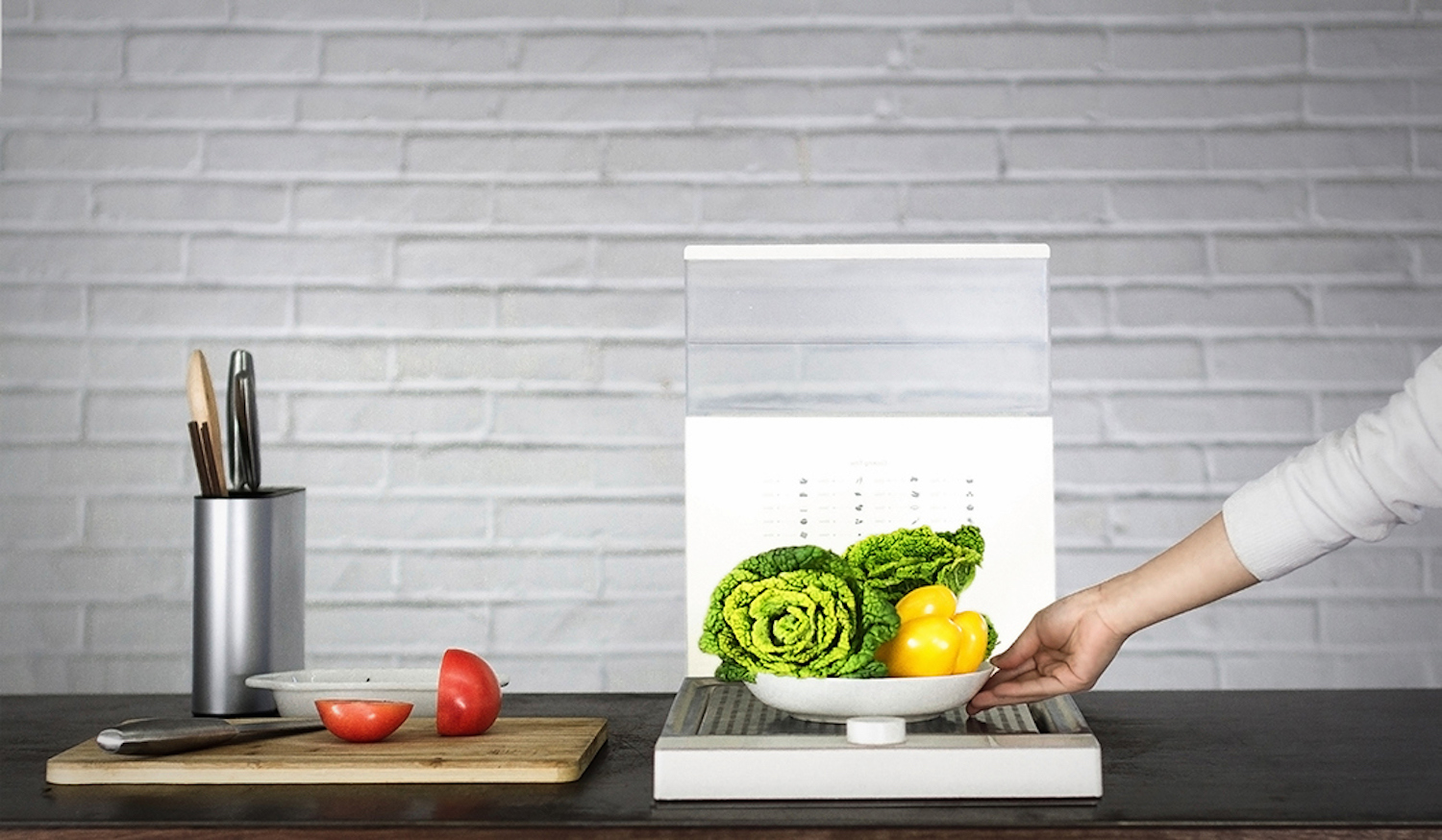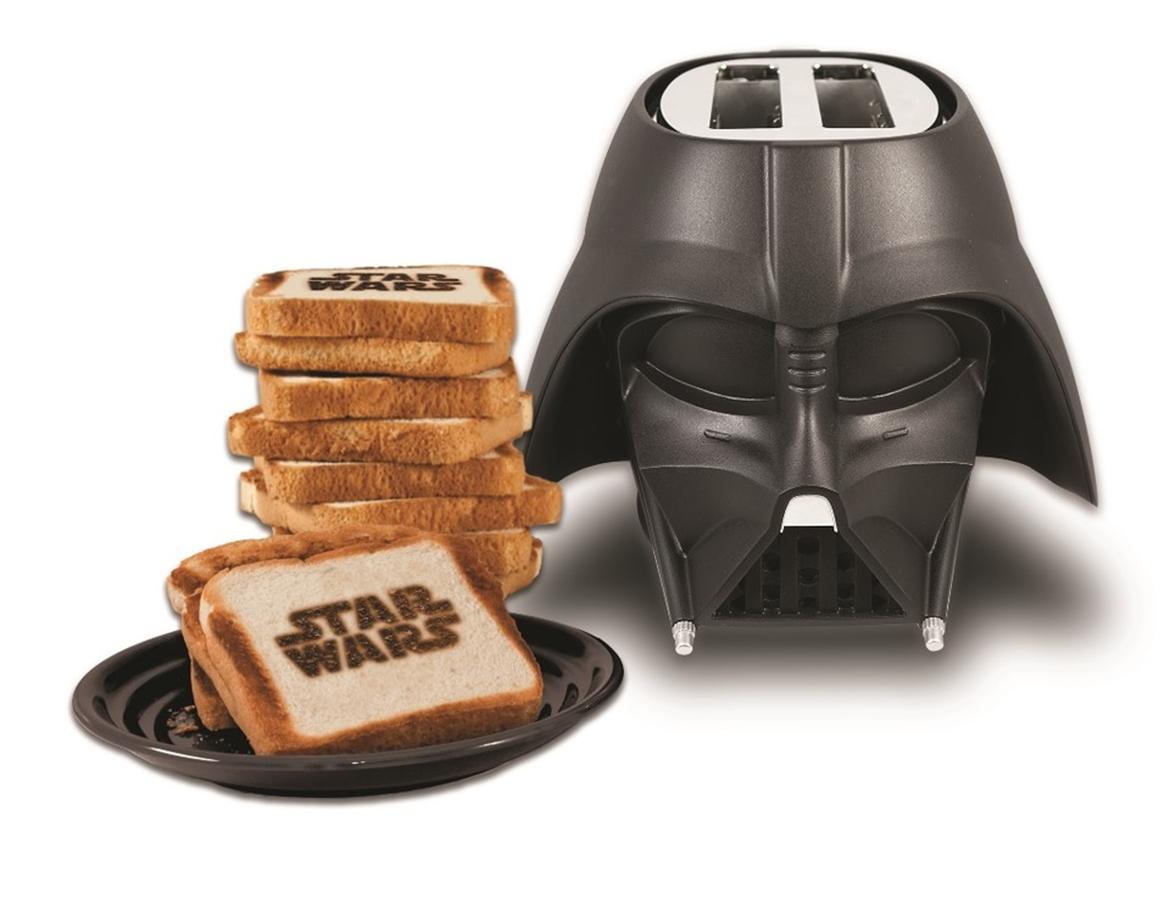Five years after the category-changing BioLite CampStove debuted, the social enterprise company that is producing some of the most innovative products for the outdoor cooking market has released a second generation stove. The CampStove2 improves on the beloved features of the original—a smokeless, highly portable wood stove that leverages thermoelectrics to charge electronic devices—by increasing power generation by 50%, adding a battery, and including a smart LED dashboard.
But making one of the best selling camp stoves is only part of the story at BioLite. The company, which has positioned itself as an energy company from its founding, has a social mission to bring “Energy Everywhere” through a sustainable business practice that focuses on a Parallel Innovation model of developing technologies for both outdoor enthusiasts and families living in energy poverty.
After attending a combustion conference in 2008, founders Jonathan Cedar and Alec Drummund realized the technology they were working on for an outdoor camp stove also had the potential to improve the lives of over three billion people who cook over smoky open fires every day. From this realization, the founders worked on applying their combustion technology to create the BioLite HomeStove, a large format biomass cookstove that cuts fuel consumption in half and reduces toxic emissions by 90%, all while charging mobile phones or LED lights.
Since the company launched in the market in 2012, BioLite has expanded beyond their CampStove and HomeStove to introduce a collection of mobile lighting solutions, solar panels, rechargable batteries and cooking accessories. MOLD sat down with Jonathan Cedar, Co-founder and CEO of BioLite, to chat about their next generation products, cooking with wood, and living beyond the grid.
 BioLite’s co-founder and CEO Jonathan Cedar (right) with a HomeStove customer in East Africa.
BioLite’s co-founder and CEO Jonathan Cedar (right) with a HomeStove customer in East Africa.
MOLD: We’re excited to see the second version of CampStove, which was released at the end of last year. This second generation includes an LED dashboard. Can you talk a little bit about why you added the panel?
Jonathan Cedar: Broadly speaking, it had been five years since the first CampStove came out, and it’s provided a lot of really good learning for us. The CampStove has been in the top three stoves in the US for the last five years running, which is great because it burns wood, but obviously really wanted to figure out what we could improve.
Some of the comments that we perceived over time were, folks liked the charging capability but wished it would charge a little bit faster, and so that was one thing we were focused on. Another one was, people wanted to charge their devices at a different time than when they were cooking sometimes, so it wasn’t always just “charge while you cook,” but sometimes they wanted to cook when they wanted to cook and then charge your phone or headlamp while you’re sleeping.
The feedback was pretty minimal on the first CampStove, it basically told you if the stove was on high or low, or if it was ready to charge or not ready to charge, and we wanted to give people a little bit more ability to fine-tune that. With the CampStove2, we just really try to pull back the curtain on a bunch of stuff that we always have the advantage of in the laboratory, when we’ve got this thing hooked up to a million sensors, but customers never really get that kind of insight into.
And so those are the three things. We add a 50% increase in the amount of power that the product generates, we put a battery out in the product so that it would store power while you’re cooking and then you could use it later, and then the smart dashboard, which tells you how hot you fire is and how much electricity it’s generating. We gave you a little more control over the fan, and the information into how much energy is remaining in the battery so you can ration your use of the power.
MOLD: And now that the CampStove2 been on the market for a couple months, what has the feedback been from the users?
The feedback is awesome. I mean, people are really excited that we listen to their feedback and built in what they wanted to see inside the product.
I still think that the fundamentals of the product are still very much what they were, which is ultra-clean, cooking on wood, and the ability to charge, so I don’t think that this is a revolutionary upgrade to the product, it’s more of finding a couple of places where we could strengthen that.
MOLD: I know the development cycle for both the CookStove and the HomeStove run concurrently. Now that you’ve released the second generation of the CampStove, will we see some of these improved capabilities in the HomeStove?
We’re actually launching a second generation of the HomeStove this Fall. But the feedback from emerging markets was different than the feedback from the recreation markets, so we focused on different feature sets. I mean, everyone wants more power, right? So we increased the power by 60% on the HomeStove as well, but, for the HomeStove, some of the feedback was a little bit different: Could the stove build up charcoal more slowly so that you could go for longer periods of time before you had to empty it? Could it be a little easier to light?
That’s really what we focused on for HomeStove 2, more so than the smart dashboard, which wasn’t particularly feedback that we received on the HomeStove product.
MOLD: With your cooking accessories range and the BaseCamp (a large-format wood-fired grill), what were some of the needs that you were trying to address?
One of the things that we were focused on with our expansions in the line and accessories is that, initially, the idea of the CampStove was, you use wood in the same way you used to use gas. It’s more sustainable, it’s cheaper, it removes waste from your pack so you don’t have to carry that, it removes the anxiety about running out of fuel. So it wasn’t just about a more convenient alternative to gas, but about doing more than gas could, and one of those things was cooking over wood, which just tastes delicious.
The portable grill was the first accessory, and it clips on to the top of the CampStove, and it was just a way to say, “No one’s gonna barbecue on their WhisperLite, but here we are, having this amazing wood-fired barbecue off of your camping stove.” That was really the idea behind that accessory.
Then, customers came to us and said, “Oh, hey, we want the HomeStove, we think the HomeStove is a really cool product,” and we said, “Well it is a great product, but it’s really aimed at a different kind of cooking than you’re doing, but why don’t we tweak it to be more well-suited to the kind of cooking that campers are doing,” where it’s a mixture of boiling and grilling and sauteeing. So we upgraded the top of the HomeStove to make it the BaseCamp and we also increased the power output.
And then most recently on the BaseCamp, we created a wood-fired pizza accessory. Again, just trying to focus on, “What is some of the stuff that wood can do for you that gas can’t?”
MOLD: What are some of the things that we might be able to look forward to in the near future?
Two years ago we launched the first of our lighting products. We’ve always seen BioLite as an energy company: The stoves, by virtue of the fact that they generate electricity, are really a miniature power plant. What we really started thinking of was, rather than thinking of just being a cooking company or a heat or electricity company, we should really be thinking about, holistically, the needs for upgraded energy and how to solve those in a systems approach.
In the last two years we’ve launched a line of three lanterns and three sets of string lights that work with those lanterns, as well as a solar panel line for people who aren’t necessarily gonna generate their electricity by burning wood, which is what the first set of customers for us did, but not necessarily what everyone wants to do. And then also a line of rechargeable batteries so you can store power from any source and portably take it with you.
We’ve really been focused on building that out, so we have the complete ability to help people cook, charge, and light their lives beyond the grid. 2017 is really the first year that that line is complete, and this Summer we’re actually launching our first solar lighting and charging product for the developing markets as well, so that we have a full parallel of capability and recreation and emerging markets.







